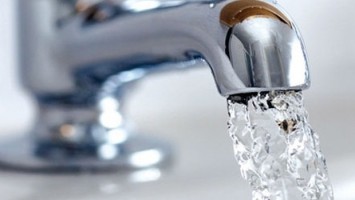
During the week of January 19th, the Flint, Michigan water crisis gained national attention, as Governor Rick Snyder apologized to its residents for failing to “fix” the problem of the contaminated water supply. Of recent, the catastrophe has consumed the state, as a severe health crisis linked to high levels of lead leaching from water pipes has left officials scrambling for a solution.
Perhaps most alarming has been the levels of lead found in the blood of the children who live in the area, where even small amounts of lead are known to lead to severe developmental issues in kids. Many are speculating that a lead poisoning catastrophe of this magnitude would never have happened in a more affluent community with more political power, and that the residents of Flint, specifically, were taken advantage of in this capacity.
Louisiana’s Lead Poisoning History
Louisiana is no stranger to the issue of lead in drinking water. In August of 2014, a number of toxicology experts came out with concerns that residents of Fort Polk, Louisiana were at risk from lead exposure. At that time, lead levels were more than twice the “action level” established as safe by the Environmental Protection Agency (EPA). Residential tap water contained up to 36 parts per billion (ppb), where the EPA’s limit for lead is 0 ppb due to its ability to cause severe effects to the body, particularly for developing children.
The water in Louisiana also indicated that there were elevated levels of copper, which can cause damage to the kidneys and liver. This year (2016), further testing for lead and copper is required in the state, and officials may potentially have to take additional steps to stop lead from leaching into the pipes.
Although Louisiana is not alone–in Washington, DC, lead levels tested out as being 100 times higher than the maximum values–what has been perhaps more frustrating to Fort Polk residents has been the denial; many have been assured by officials, time and time again, that the water poses no health risk at all and is completely safe to drink.
Lead Laws & Regulations
The following laws are meant to address (and prevent) the presence of lead in water and other sources such as paint in order to protect the public health:
- Toxic Substances Control Act;
- Residential Lead-Based Paint Hazard Reduction Act of 1992;
- Clean Water Act;
- Clean Air Act;
- Safe Drinking Water Act;
- Resource Conservation and Recovery Act; and
- Comprehensive Environmental Response, Compensation, and Liability Act.
Public & Environmental Health Attorneys
Communities would be shocked to find out how frequently federal, state and local environmental laws are often violated in order to cheaply pollute, often contaminating water systems. The environmental attorneys of Harrell & Nowak have spent years litigating to protect communities using our country’s strongest environmental laws. If you live in New Orleans, Metairie, Kenner, or other areas throughout Louisiana and have been affected by lead poisoning, give us a call and let us discuss your case with you at no charge.
